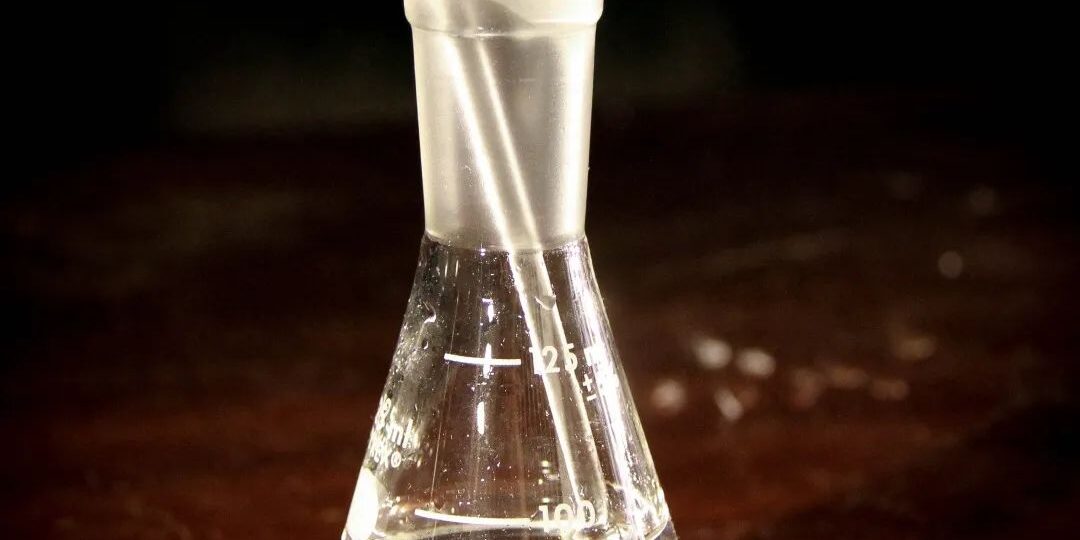How do silicone-based defoamers provide heat resistance in industrial processes?
Silicone-Based Defoamers: Offering Heat Resistance in Industrial Processes
In numerous industrial processes, temperature management is a crucial concern. High-temperature environments can cause many additives to degrade or lose their efficiency. However, silicone-based defoamers are impervious to these concerns, exhibiting impressive heat resistance – an attribute that sets them apart from other types of defoamers. This section postulates how silicone-based defoamers contribute heat resistance in industrial operations.
Understanding the Heat Resistance of Silicone-Based Defoamers
Silicone-based defoamers leverage the unique properties of silicones to survive and function optimally even under high temperatures. This heat endurance derives from the silicon-oxygen backbone of silicone, which is far more heat-resistant than the carbon backbone of organic polymers.
The bond energy of a silicone-oxygen bond is significantly higher than that of a carbon-carbon bond found in organic compounds. This bond structure gives silicones outstanding thermal stability. The silicone defoamers can maintain their chemical composition and functional integrity under high temperatures where the competition would otherwise decompose or oxidize.
In addition to their inherent heat resistance, silicone-based defoamers also show excellent spreading properties. They spread rapidly across the surfaces, which is particularly useful in high-temperature applications where rapid action is required.
The Impact of Silicone-Based Defoamers’ Heat Resistance in Industrial Processes
The heat resistance exhibited by silicone-based defoamers is more than a mere interesting feature; it’s an operational game-changer in various industries.
1. Paint Manufacturing
Paint manufacturing often involves heating batches to speed up reactions—being heat-resistant, silicone-based defoamers function efficiently in these high-temperature conditions, controlling foam without losing their effectiveness.
2. Textile Processes
In the textile industry, processes such as dyeing and finishing frequently involve high temperatures. Silicone-based defoamers can withstand these temperatures while providing efficient defoaming action.
3. Food and Beverage Processing
In food and beverage processing, high heat is often used for sterilization and cooking processes. Silicone-based defoamers, despite the elevated temperature, maintain their foam-suppressing abilities.
FAQs
-
Why are silicone-based defoamers heat resistant?
- The backbone of silicone-based defoamers is formed of silicon-oxygen bonds, which are more heat-resistant compared to the carbon-carbon bonds found in organic compounds. This structure allows them to withstand high temperatures without losing their functional integrity.
-
How does the heat resistance of silicone-based defoamers benefit the paint manufacturing process?
- Silicone-based defoamers can function efficiently in high-temperature conditions that occur in paint manufacturing, controlling foam without losing effectiveness.
-
What role do silicone-based defoamers play in the textile industry?
- In the textile industry, processes like dyeing and finishing often involve high temperatures. Silicone-based defoamers can withstand these temperatures while providing efficient defoaming action.







